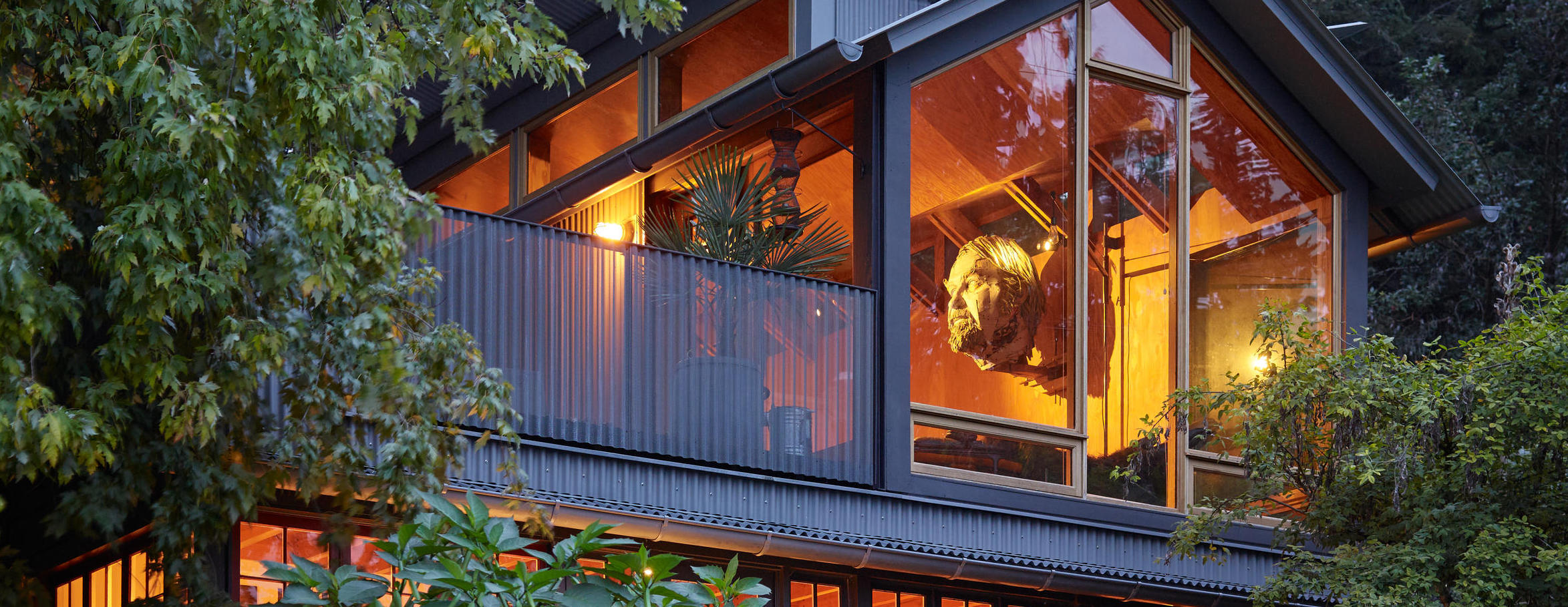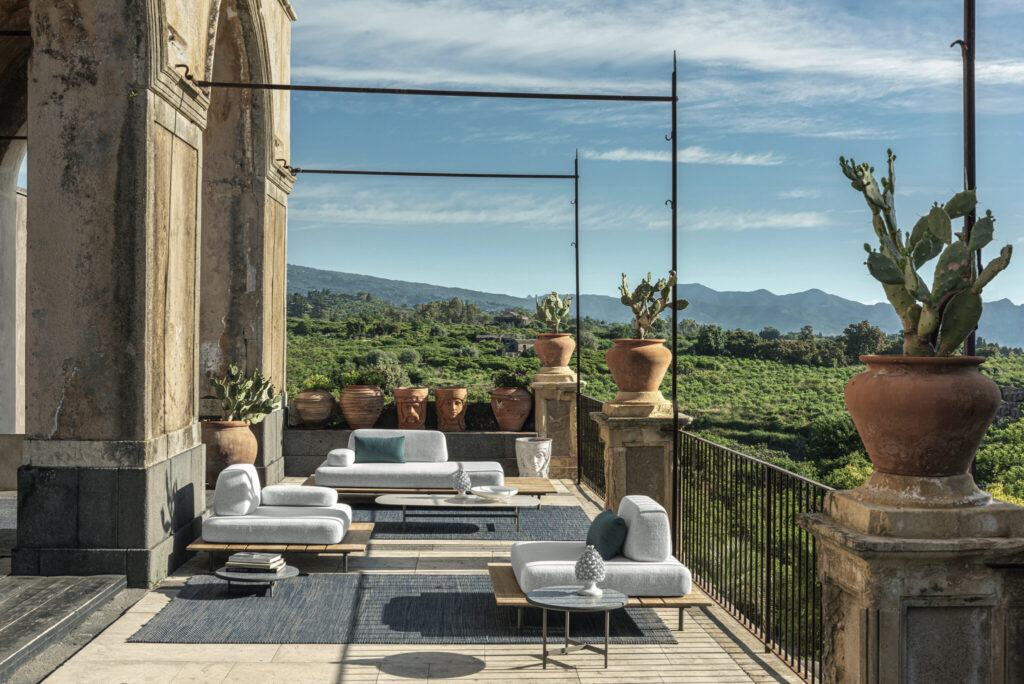Effect Magazine’s Dominic Lutyens looks back over the past year in design, and examines the themes and trends that are emerging on the horizon for 2022
What happened in 2021?
The pandemic confounded normal patterns of consumption, and the Milan Furniture Fair – held every April and widely considered to be the world’s main (but by no means definitive) source of new interior design trends – was shunted to September for the first time in over 30 years.
Design graduates also generate trends, but Covid saw the traditionally well-attended, physical degree shows replaced by digital. The postponed Milan fair at least helped to rectify this with its Lost Graduation Show, showing work by students from 22 countries.
READ: 5 key interior design trends of 2022
As a result, short-lived design trends as we normally see them – be these for materials, colours or forms – were thin on the ground, even surplus to requirement, in our concerted effort to contain Covid. Adding to this was the effect on fast-paced consumerism by designers increasingly taking sustainability more seriously.


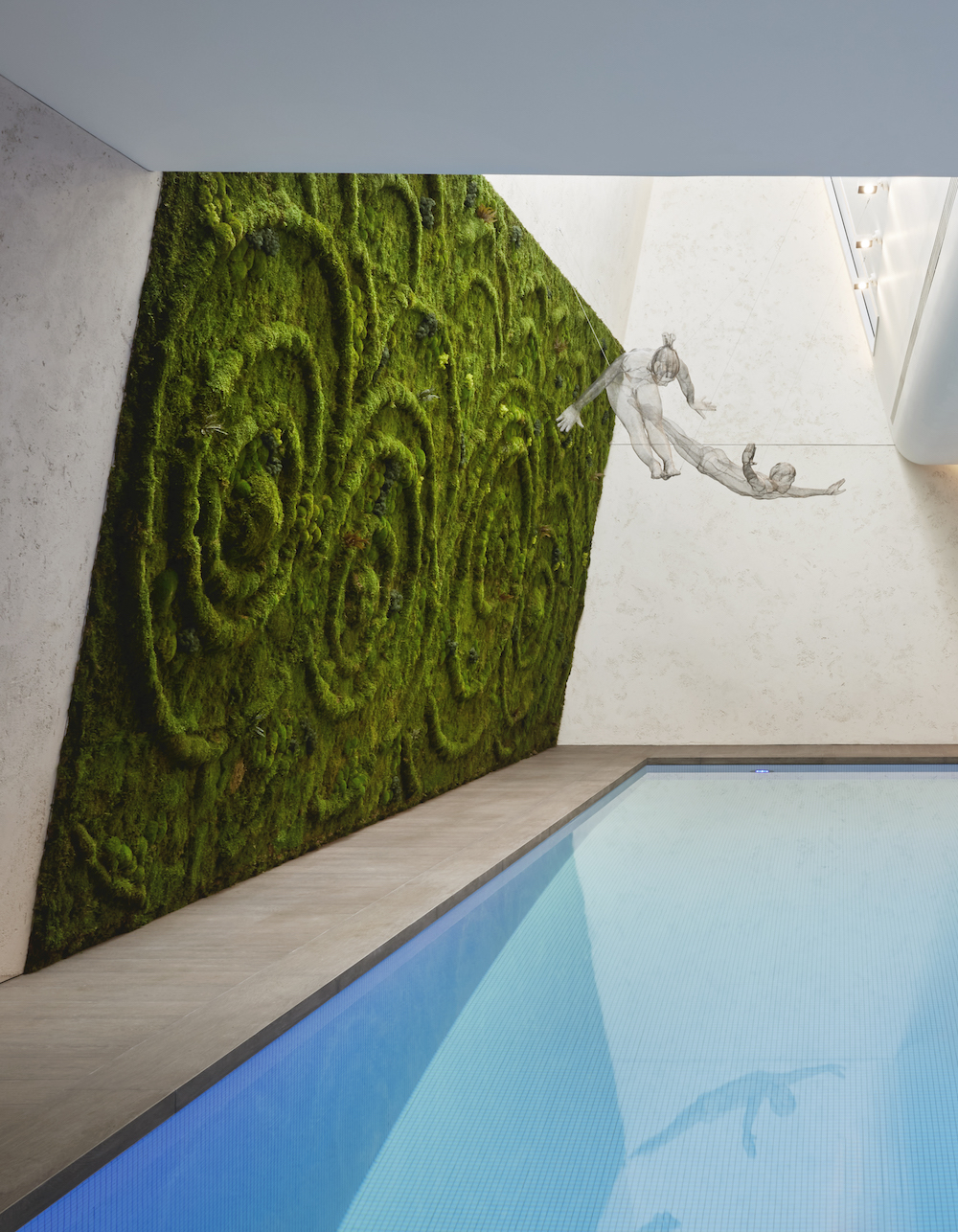
Agate Pass Cabin (Image: Aaron Leitz); R: In 2022, Biophilic design, seen in this project by Katharine Pooley, will be a growing trend
Sustainability
Indeed, 2021 was a year when sustainability was truly addressed in earnest – there was a growing concern for reducing plastic waste in our oceans and awareness that diminishing biodiversity impacts adversely on human health and the global economy. And, as industry slowed down during lockdowns, many of us reconnected with nature, appreciating it all the more.
This was the year of the COP26 conference in Glasgow. And as consumers became increasingly eco-aware, the pressure ratcheted up on design brands to create more sustainable goods.
Macrotrends
Today, we’re more likely to see macro-trends reflecting social needs or, in some cases, comforting fantasies. One of these in 2021 was cottagecore, a ruralist aesthetic and lifestyle manifested by everything from urbanites moving in droves to the country – such was their desire to escape deserted town centres and commune with nature – to acquiring cosy cottagey furnishings. Others fantasised about a simple, rural life by posting or liking images of everything from cottagey interiors to fairytale forests on social media.
Cottagecore
In the hands of designers, however, cottagecore was a far cry from studiedly unkempt shabby chic. Instead, designers gave it an urban twist, preferring artfully arranged pieces to the random clutter of unselfconsciously furnished country houses. Run from the Hills, for example, converted two 18th-century barns in Gloucestershire into holiday accommodation, filling them with stylish boho-chic rattan furniture, earthenware jugs and dried flowers. Meanwhile, Frank and Faber furnished Number One Bruton, a boutique hotel in Somerset, with pretty, floral wallpapers in fresh hues and armchairs covered in opulent burnt-orange velvet.
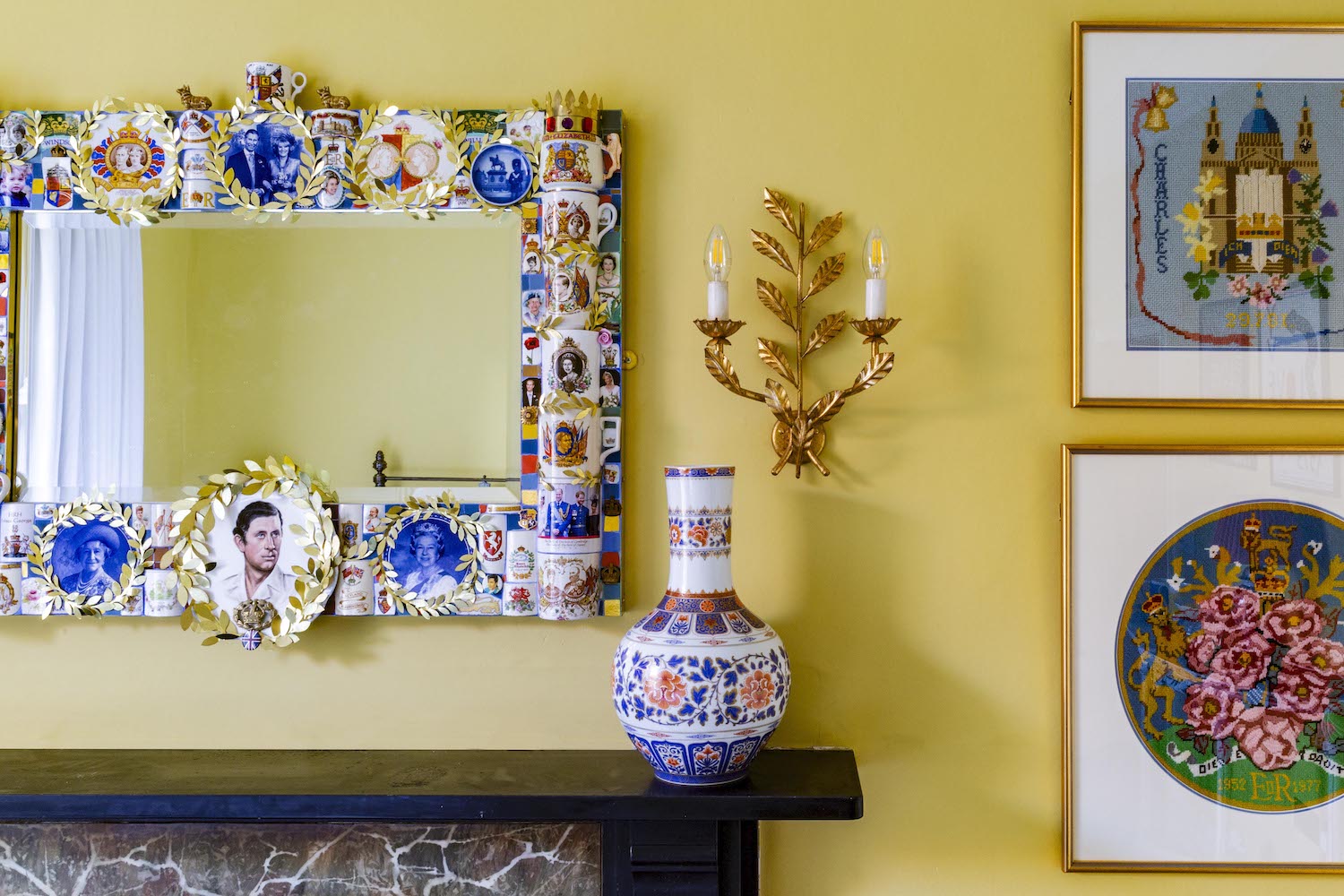
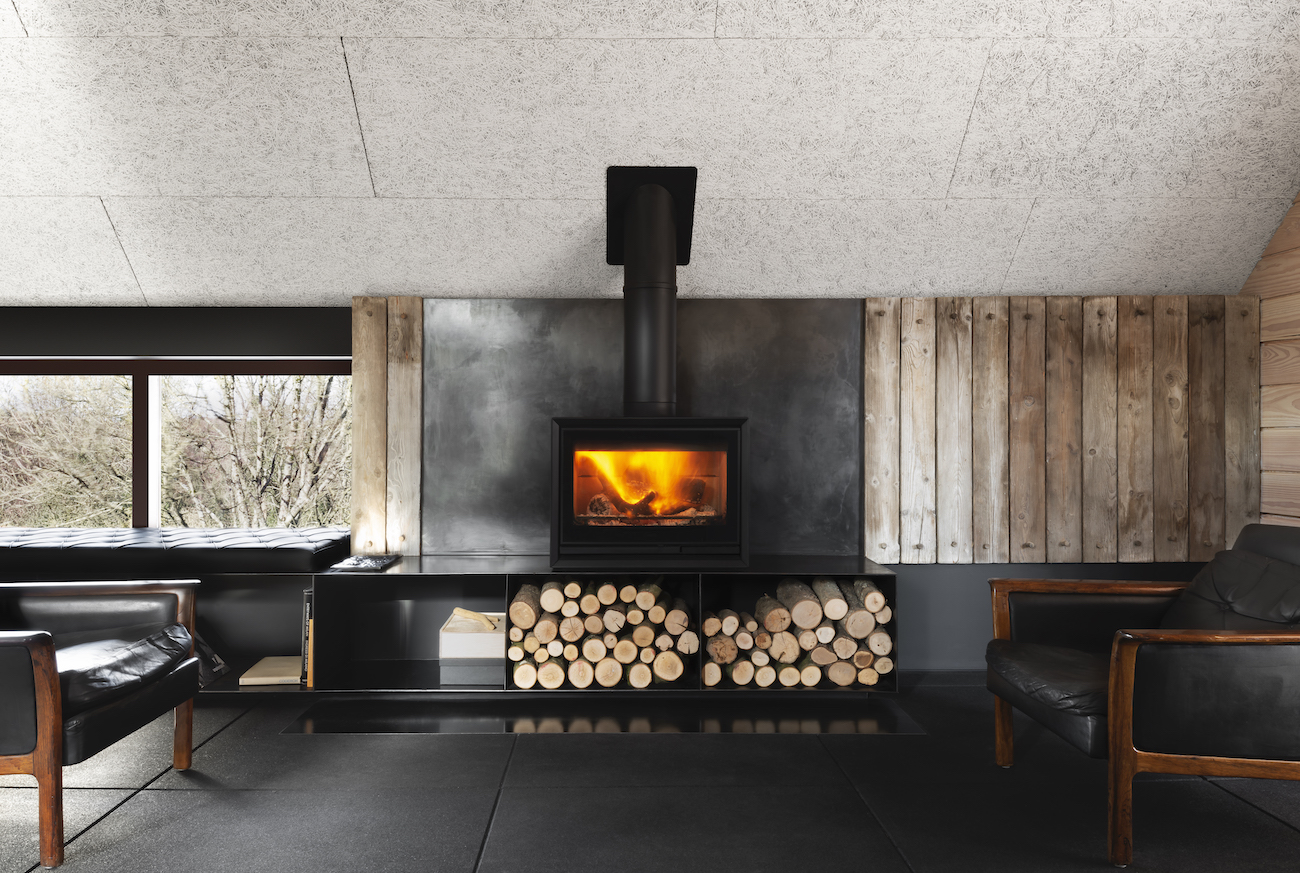
A streamlined version of country living is embodied by the Gloucestershire home and office of architect Richard Parr, of Richard Parr Associates, who also has an office in London. His Gloucestershire property features traditional materials, such as Cotswold stone and Douglas fir, mixed with recycled rubber flooring and mid-century furniture.
Cabincore
Cottagecore had its stateside equivalent in cabincore – a romantic yearning for cabins in remote, rural spots. Architect Alan Maskin, principal and owner of Seattle-based architects Olson Kundig, lives in Agate Pass Cabin at Olympic Peninsula, Washington, formerly a 1930s beach cabin. “The cabin needed refurbishing. But I loved its character,” Maskin told Effect in 2021. He removed the original ceiling on the ground floor to create a 17-foot-high living room and added a floor above, housing his bedroom. “I repurposed the wood planks on the original ceiling to make built-in storage,” he added. Folksy rugs and laid-back, leather-upholstered furniture enhance his home’s rustic vibe.


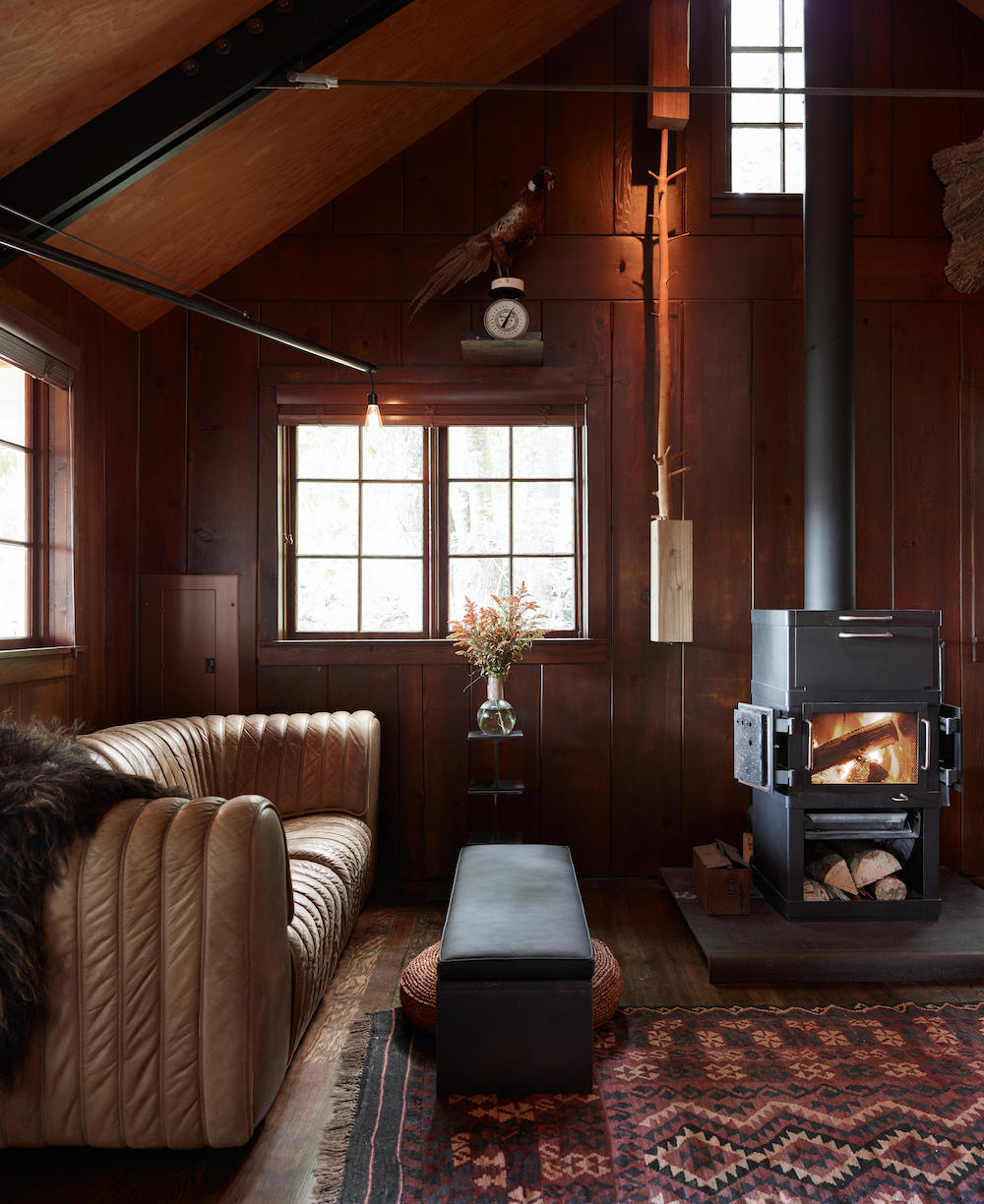
Kevin Scott / Olson Kundig)
Maximalism
Overlapping with cottagecore was the maximalist trend that, until last year, seemed well and truly entrenched. Its appeal is partly generational: it’s a hit among millennials and Gen Z, who are less likely to frown on froufrou chintz, ornaments and brown furniture – things their minimalism-espousing parents detested. Yet we may witness a backlash against maximalism, with its associations of excess and extravagance – there was controversy following the redecoration of Boris Johnson’s Downing Street apartment by Lulu Lytle of Soane Britain, whose signature no-holds-barred aesthetic is typified by gold wallpapers, busy patterns and rattan furniture painted in vibrant hues such as jade green.
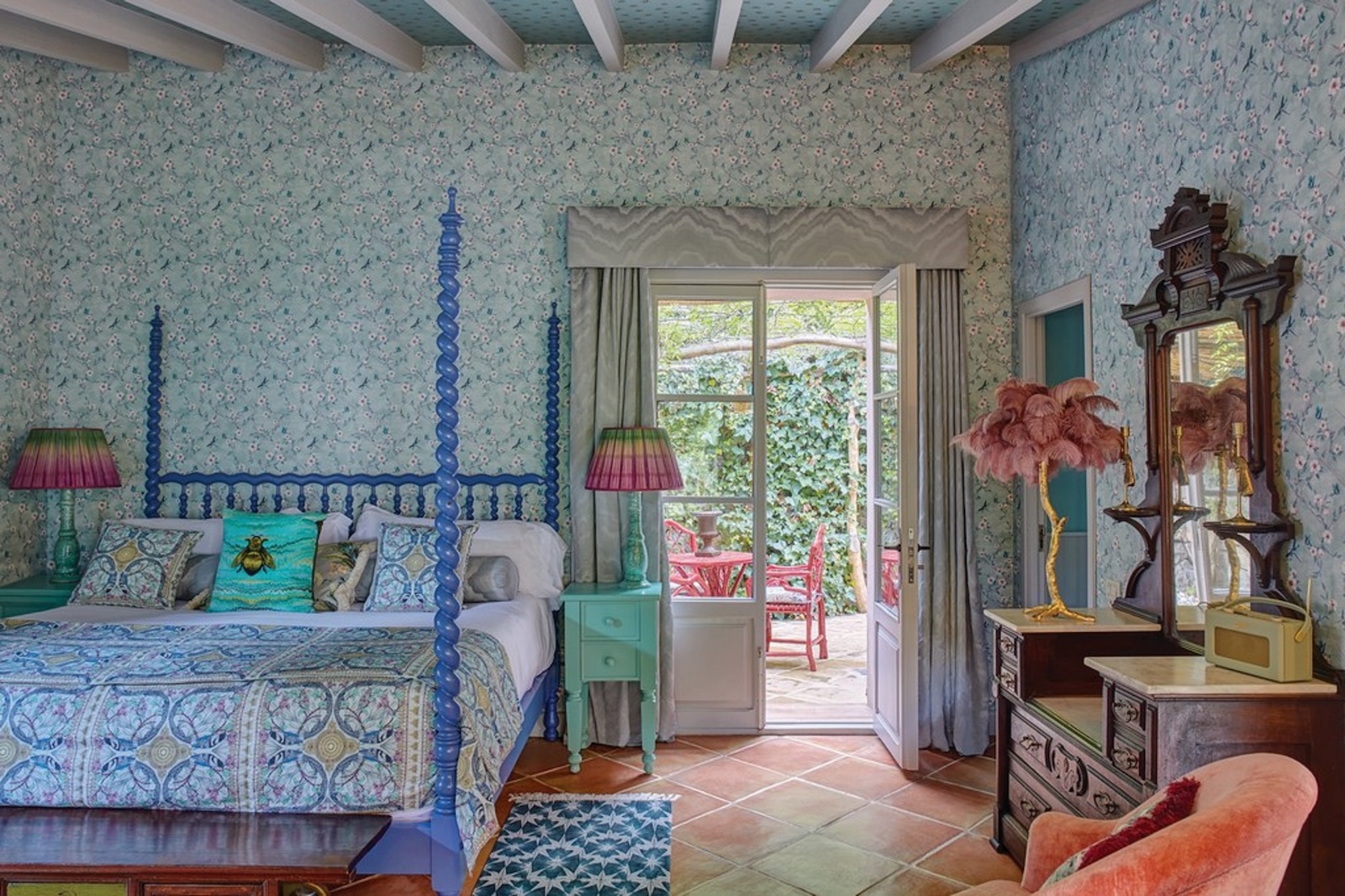
Maximalism originally came into vogue as part of a backlash against years of ultra-pared-down, Scandi-inspired interiors filled with pale, mid-century furniture. But perhaps these will swing back into favour as we recognise the importance of such fundamental needs as functionality (a key tenet of mid-century Scandi design) and a preference for calming simplicity.
Curved furniture and design
A desire for comfort was also satisfied by a trend last year for curves in interior design and furniture, manifested by arched doorways that are arguably more visually pleasing than conventional, rectilinear rooms and curvaceous furniture. Yet, while seductive and sinuous, the new curves were clean-lined and unfussy and dovetailed with the mood for greater simplicity.
1970s design
This trend chimed with a revival of 1970s design, which often favoured organic curves. One advocate of curves, American designer Oliver Haslegrave, founder of Brooklyn-based practice, Home Studios, designed a family apartment called 20 Bond in New York featuring curves aplenty. Haslegrave says he is greatly inspired by Mario Bellini, Italian creator of the iconic 1970s Camaleonda sofa. This chunky sofa with bulbous, button-backed cushions was a surprise hit in the design world in 2021. “Curves are welcoming – they have a stronger emotional impact than rectilinear spaces,” Haslegrave told Effect.
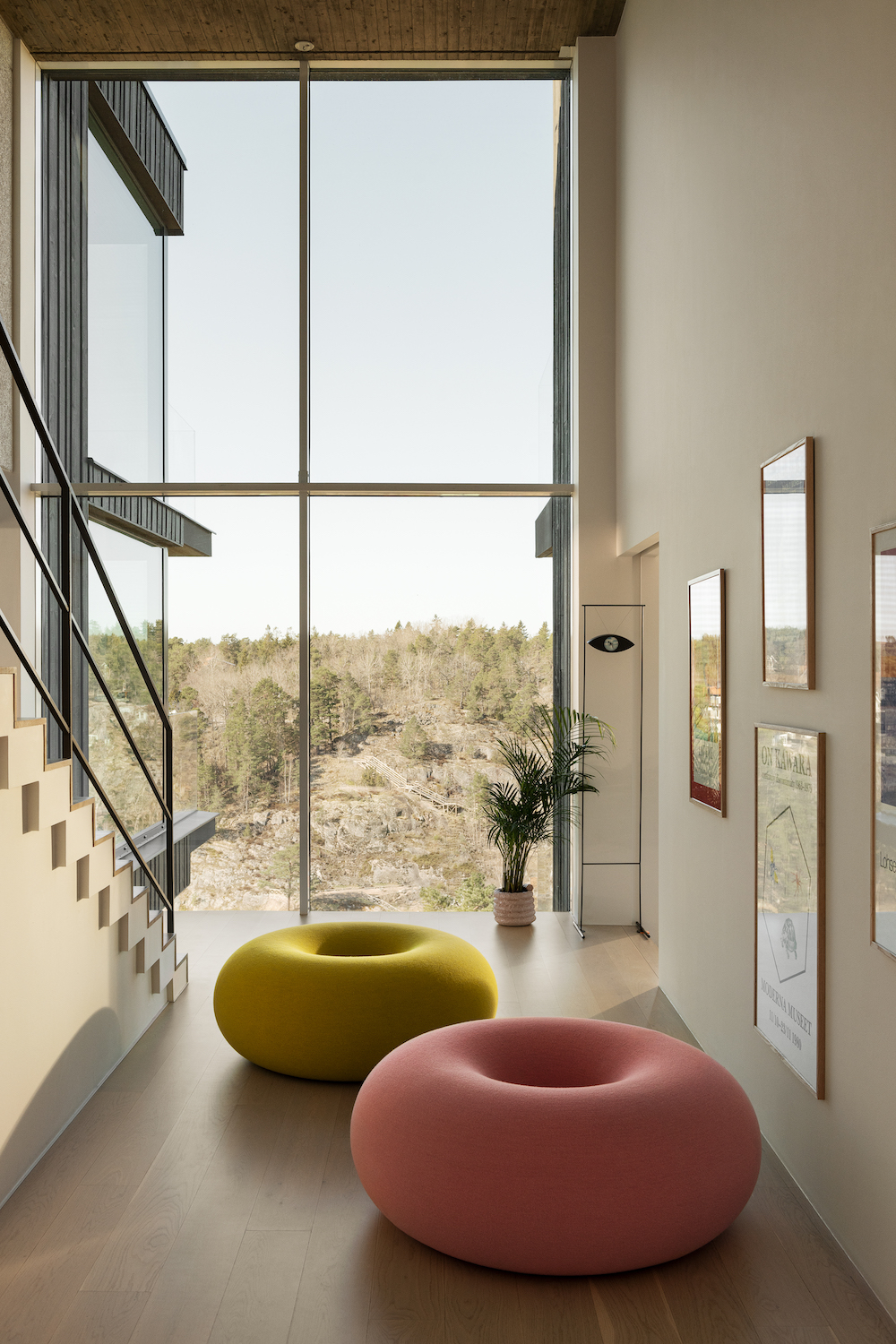
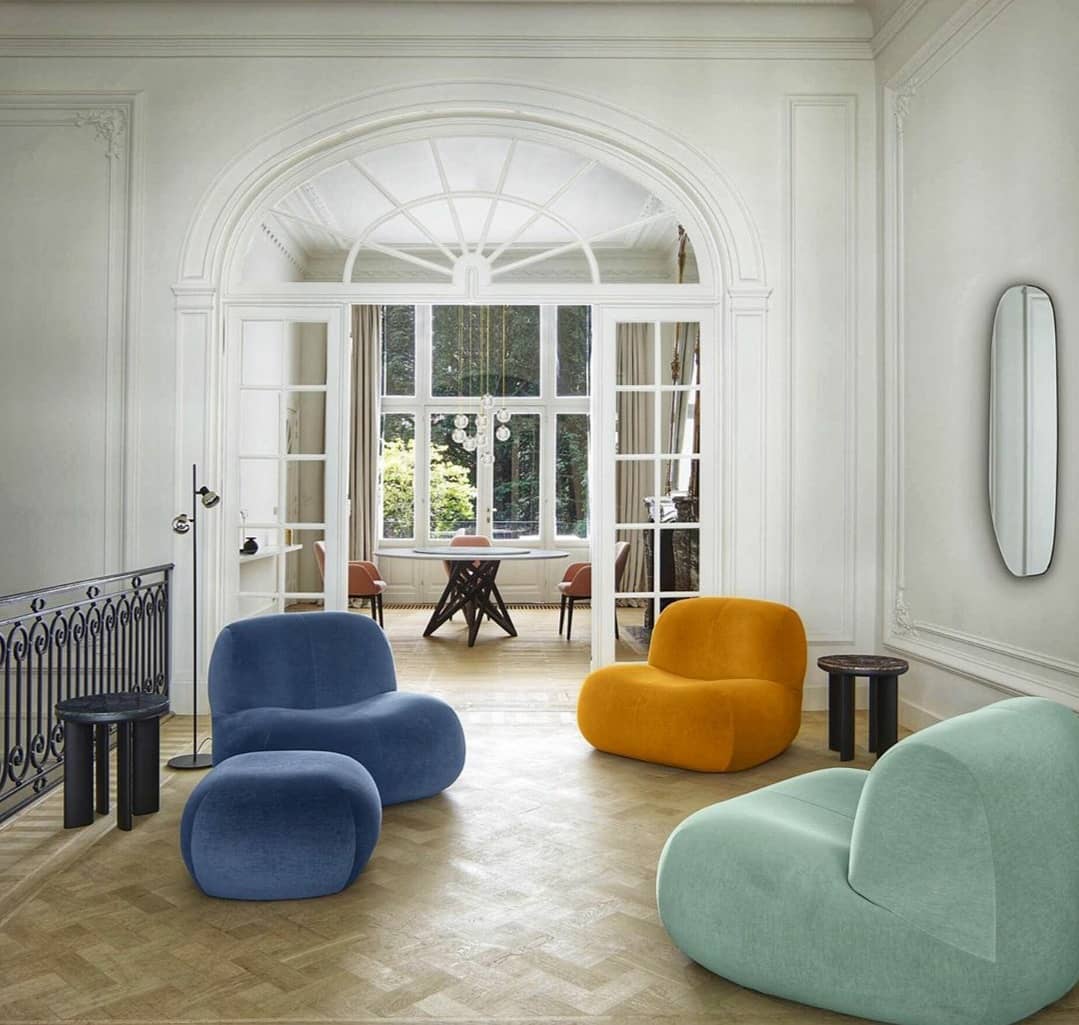
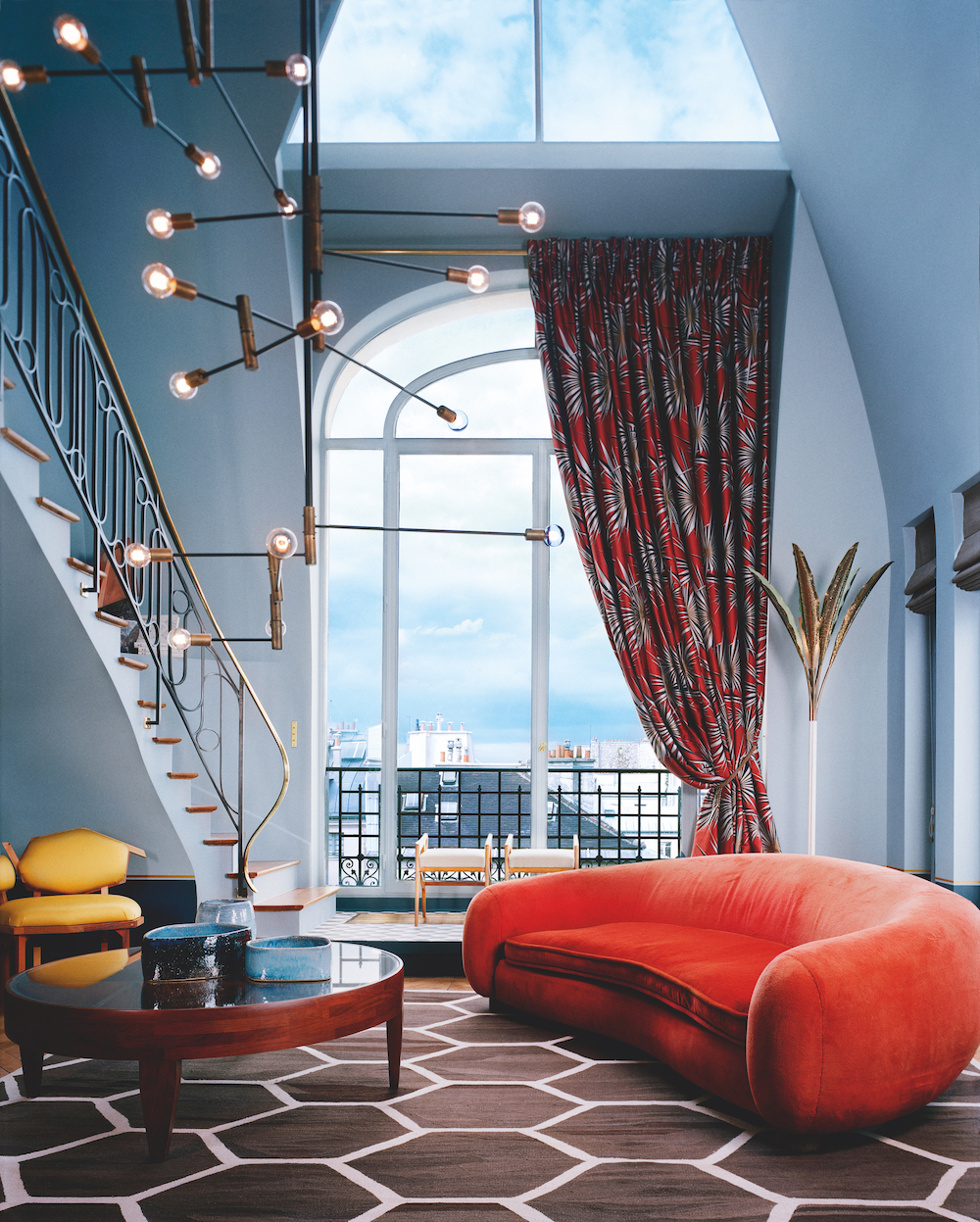
20 Bond also included furniture by Rotterdam-based designer, Sabine Marcelis, a rising star in the design world. Last year saw the launch of her voluptuously rounded, doughnut-shaped Boa pouffe in primrose yellow, pink or white for Swedish design brand Hem, which garnered much attention.
Wallhangings and tapestries
Wallhangings and tapestries were another 2021 must-have. Like the curves trend, these reflected a desire to push back against the convention of harshly rectilinear rooms – and a yearning for more inviting spaces. Wall-hung textiles, notably textured, 3D wall-hangings, also met a growing demand for informality and flexibility in interiors since these can be easily repositioned in the home.
What will happen in design in 2022?
Conditions imposed by Covid, including working from home, will surely continue to impact on design. “As a result of spending increasing amounts of time in our homes, we’re seeing a shift away from open-plan living,” say Max De Rosee and Claire Sa, co-directors of architecture and interior design studio De Rosee Sa, which has offices in London, Lisbon and Brussels.
Continued reappraisal of living spaces
“There is a need for rooms to perform specific functions and for the occupiers to create boundaries between these as separate spaces that provide privacy and flexibility. The home office will continue to play a significant role and become more sophisticated, be this through clever cabinetry that hides a desk in a space or as a dedicated room. These spaces need to be carefully considered rather than adapted as an afterthought, reflecting the important role this room now plays in the home.”
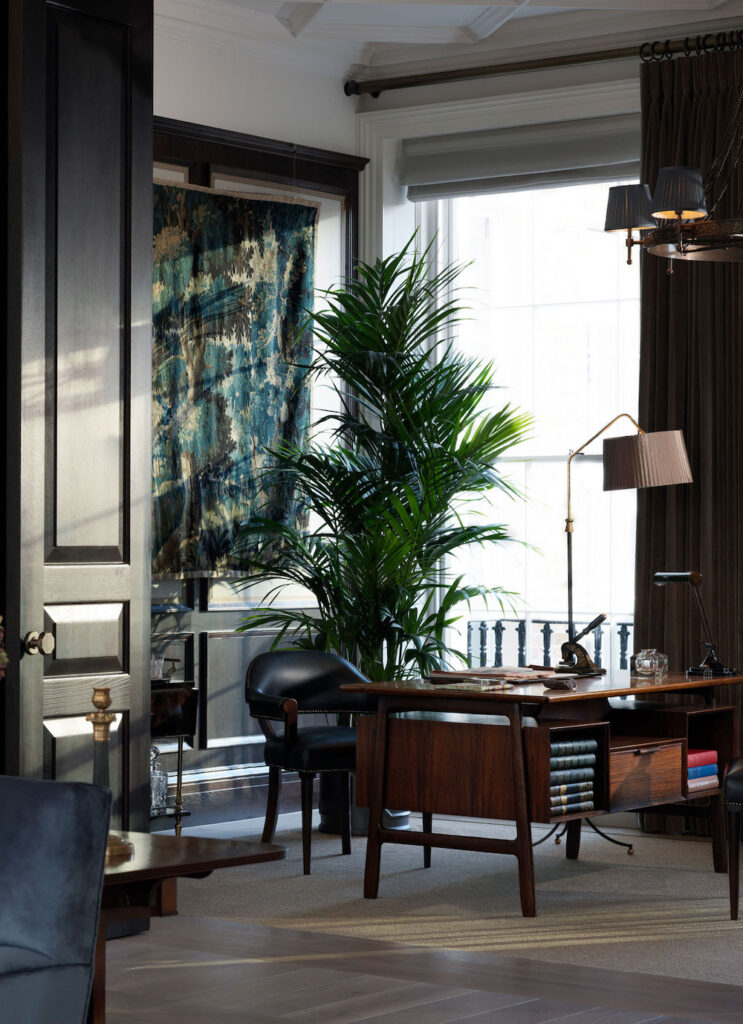
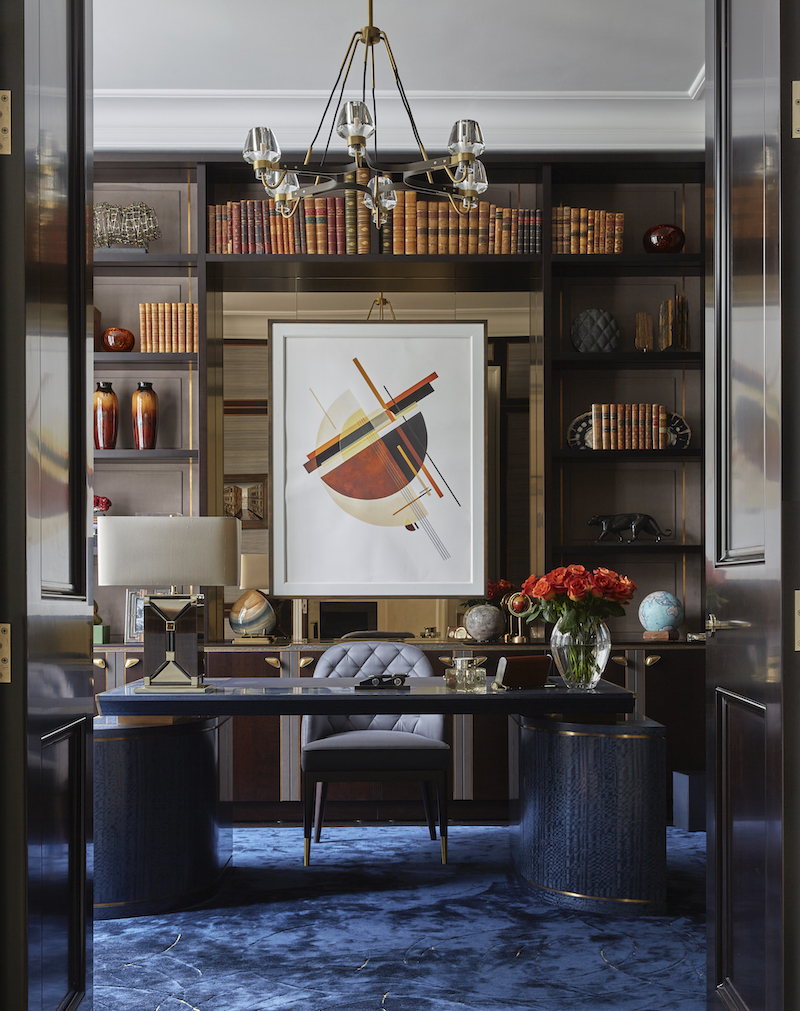
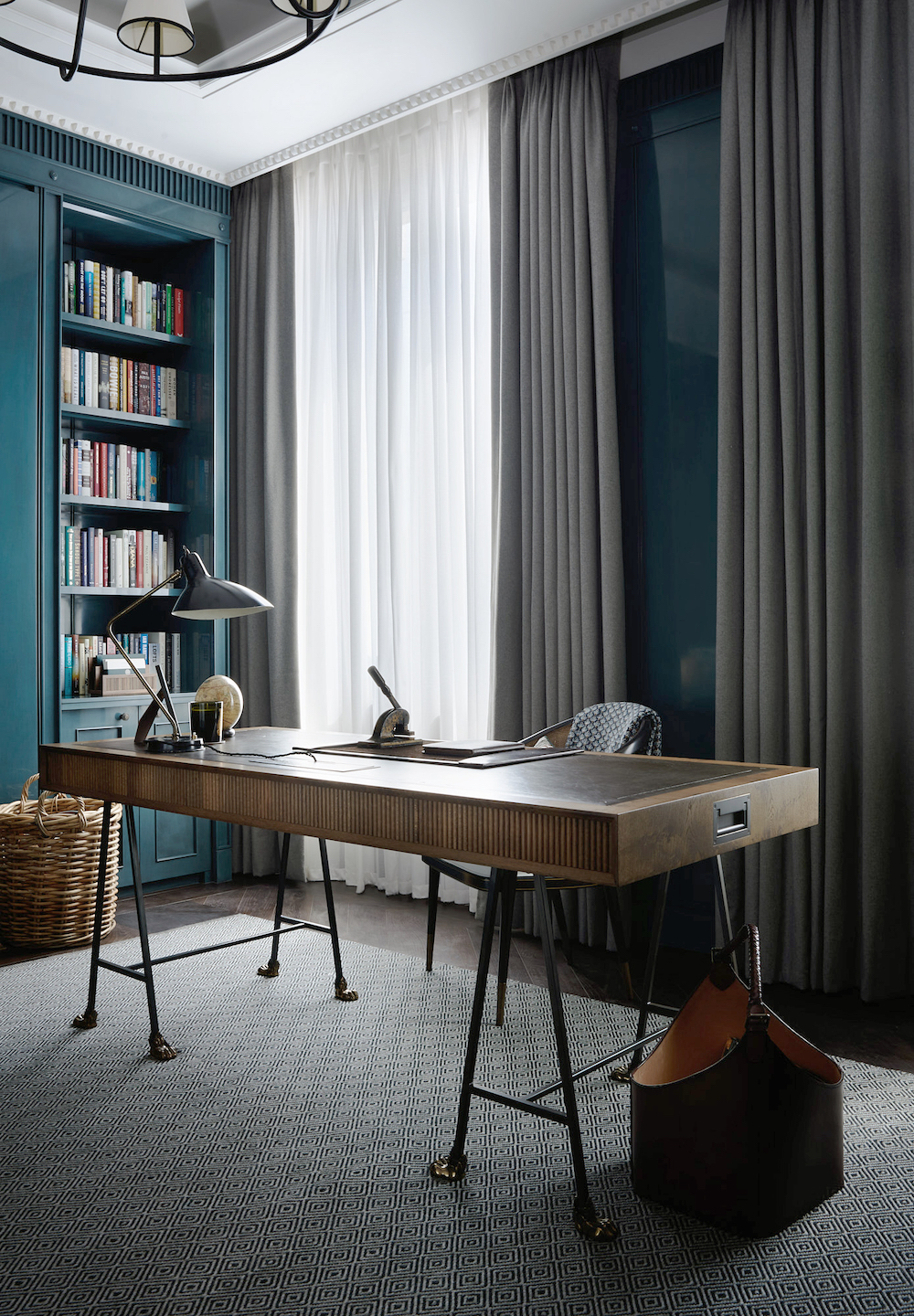
Increased engagement with sustainability
Otherwise, architects, interior designers and design brands look set to ramp up their engagement with sustainability. “Where possible, I look to find solutions with green credentials,” says Parr. “Our projects are born out of their environment and so should the materials, crafts, craftspeople and suppliers used to realise them. It’s a simple way of acting sustainably, including sourcing materials locally and reducing delivery distances.”
Long-term furniture
Knud Erik Hansen, CEO of furniture brand Carl Hansen & Son, purveyor of iconic, mid-century Danish design, foresees a trend for buying furniture to which consumers become strongly attached, guaranteeing it a degree of longevity. “In the coming years I believe we shall see a move away from low-cost, bad quality, flimsy trends. We will invest in sustainable, more elegant furniture made from natural materials designed to last beyond a lifetime and bring joy to an entire household. We will choose pieces that an older generation of environment-conscious family members can pass on as heirlooms to younger generations.”
Younger generations buying antiques
This development is perhaps bolstered by younger generations making room in their homes for traditional, brown furniture and cherished antiques. Eco-aware young design fans may also be motivated by the realisation that this approach is more sustainable than the throwaway acquisition of poorly made, landfill-ready furniture peddled by many high-street chains.
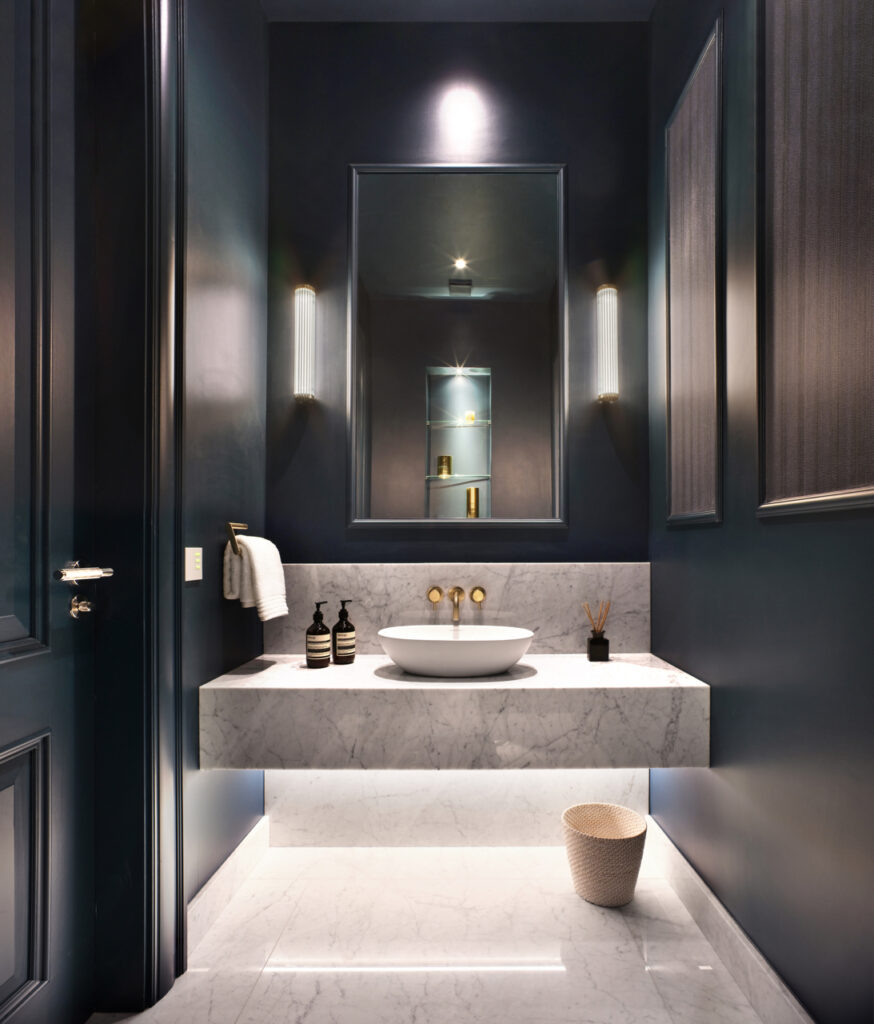
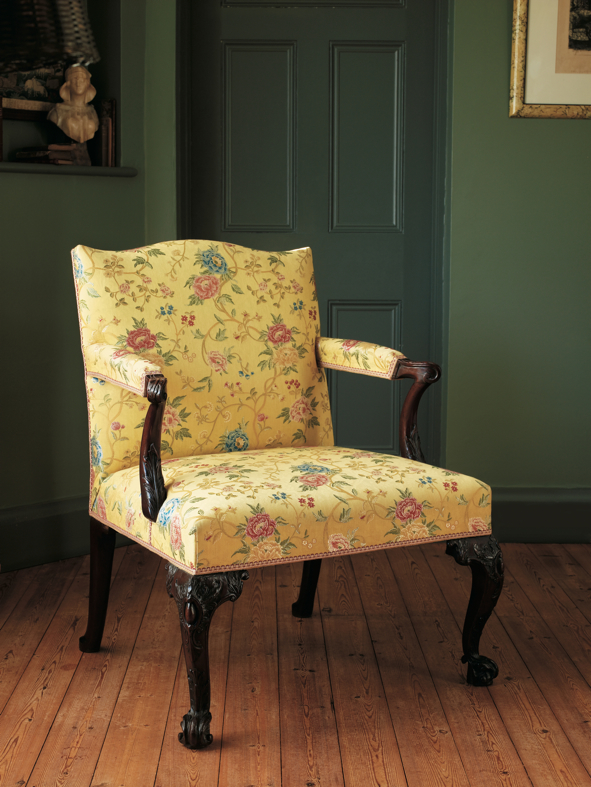
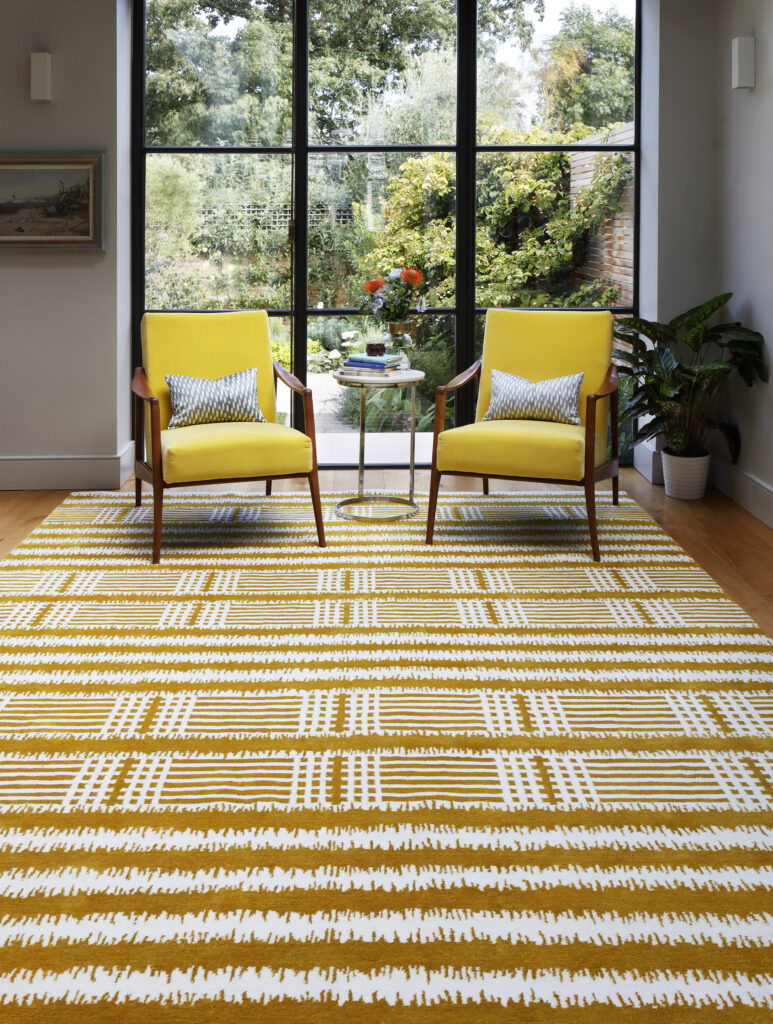
Neutral tones
Svenja Diekmann, head of design at Hem, has observed a growing, ongoing demand for furniture upholstered with natural, monochrome materials in neutral tones: “We’re continuing to see all-natural materials, including cotton, linen, wool and thickly woven textiles such as bouclé, mostly in beige hues, specified.” And at Kvadrat, producer of high-performance design textiles, Stine Find Osther, vice-president of design, says: “We’ve noticed a demand for sustainable textiles that age beautifully. What is important now is clever processes where there is a perfect harmony between beauty, performance and sustainable solutions.”

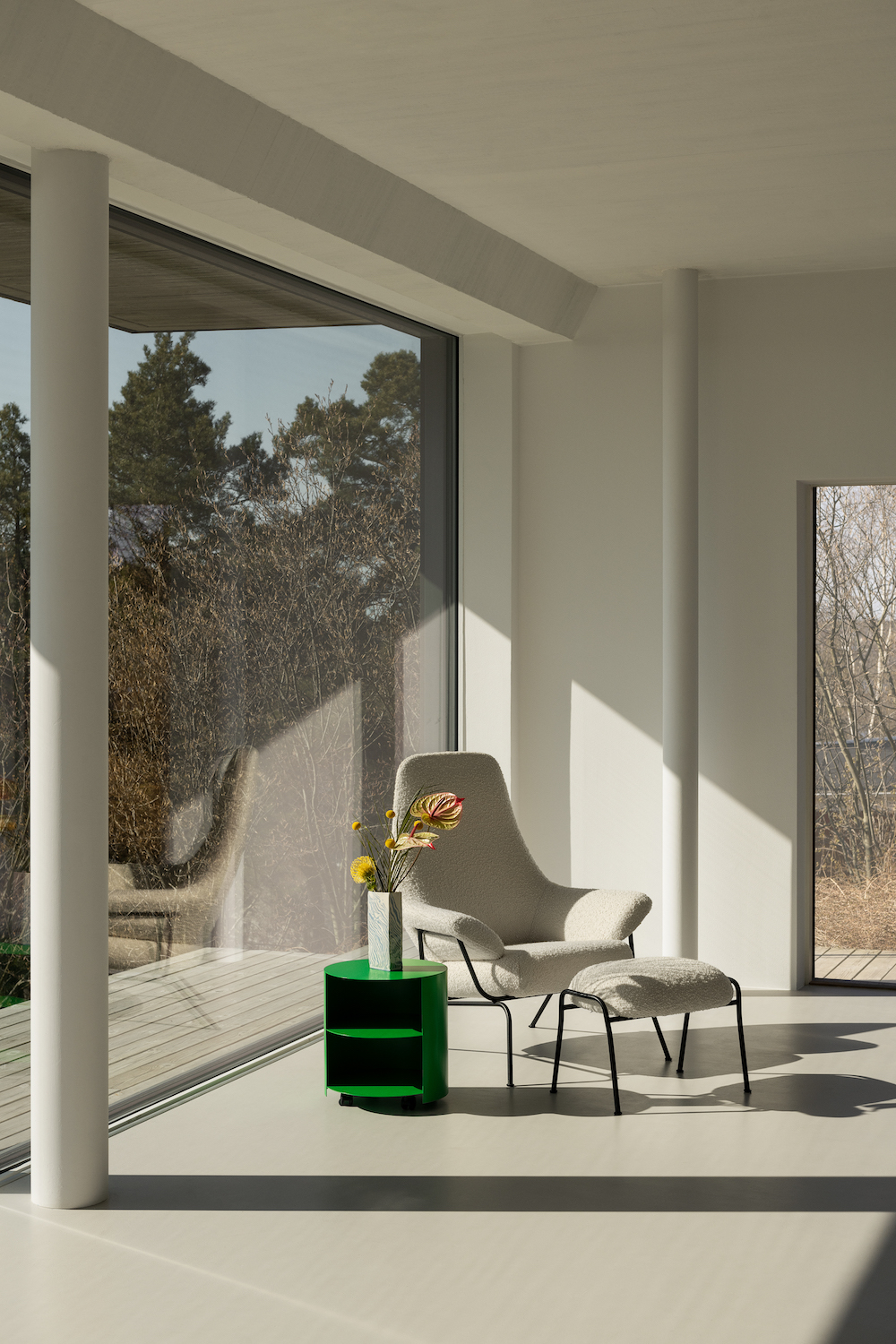
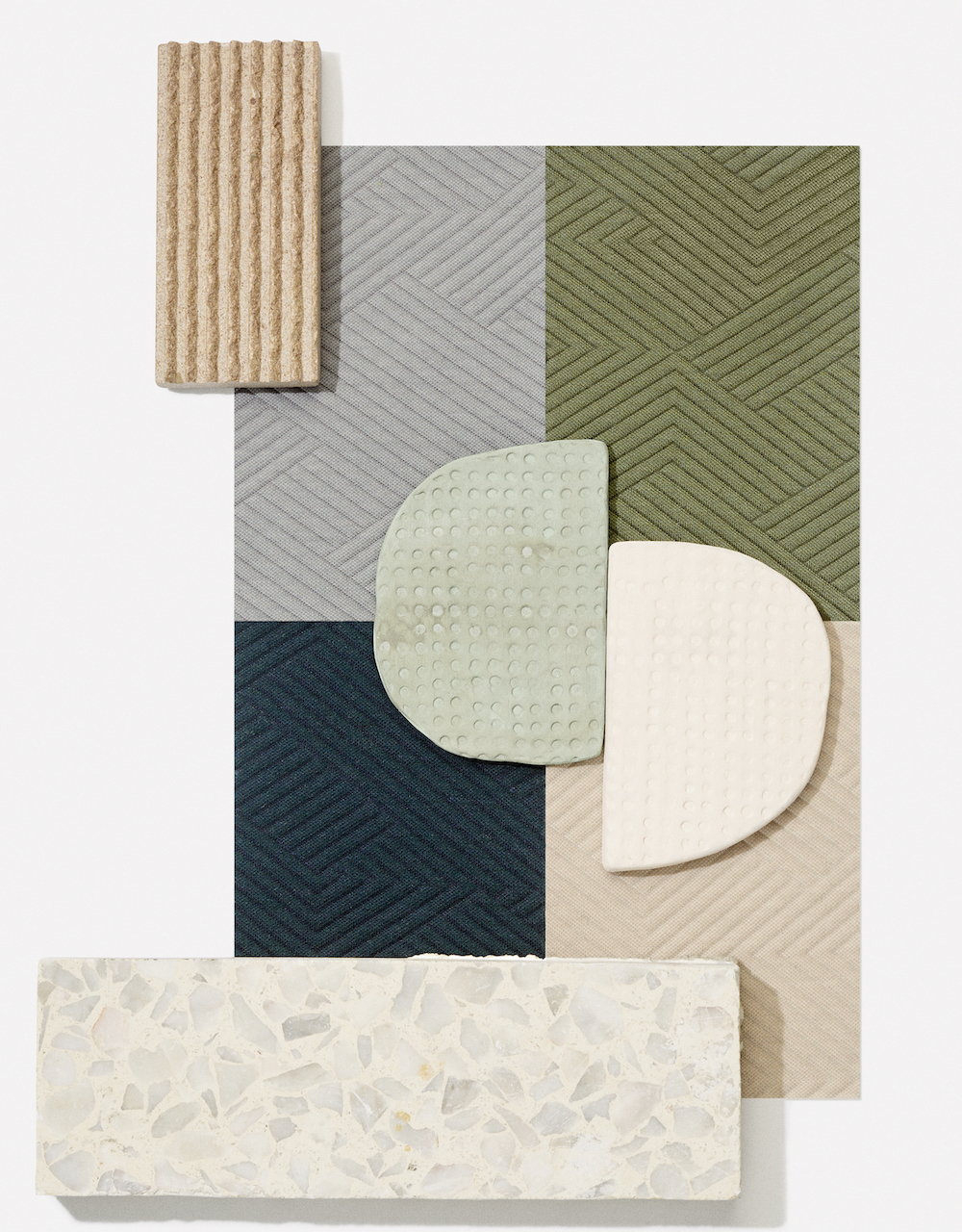
Recycled textiles
Kvadrat state that “only 25% of the 95% of global textiles that can be recycled actually are.” Mizmaze by Belgian designer Sylvain Willenz is a response to this – a knitted upholstery textile that reduces the washing that is part of the normal manufacturing method by up to 95%.
Expressive hand-painted homeware
We may see a boom next year for expressive hand-painted homeware, such as the marbled wallpapers of printmaker and illustrator Natascha Maksimovic, founder of Margate-based brand Nat Maks. Her aim is to breathe new life into this ancient craft by giving marbled paper a contemporary twist: hers come in zingy, often fluoro-bright hues as well as conventional browns and blues.
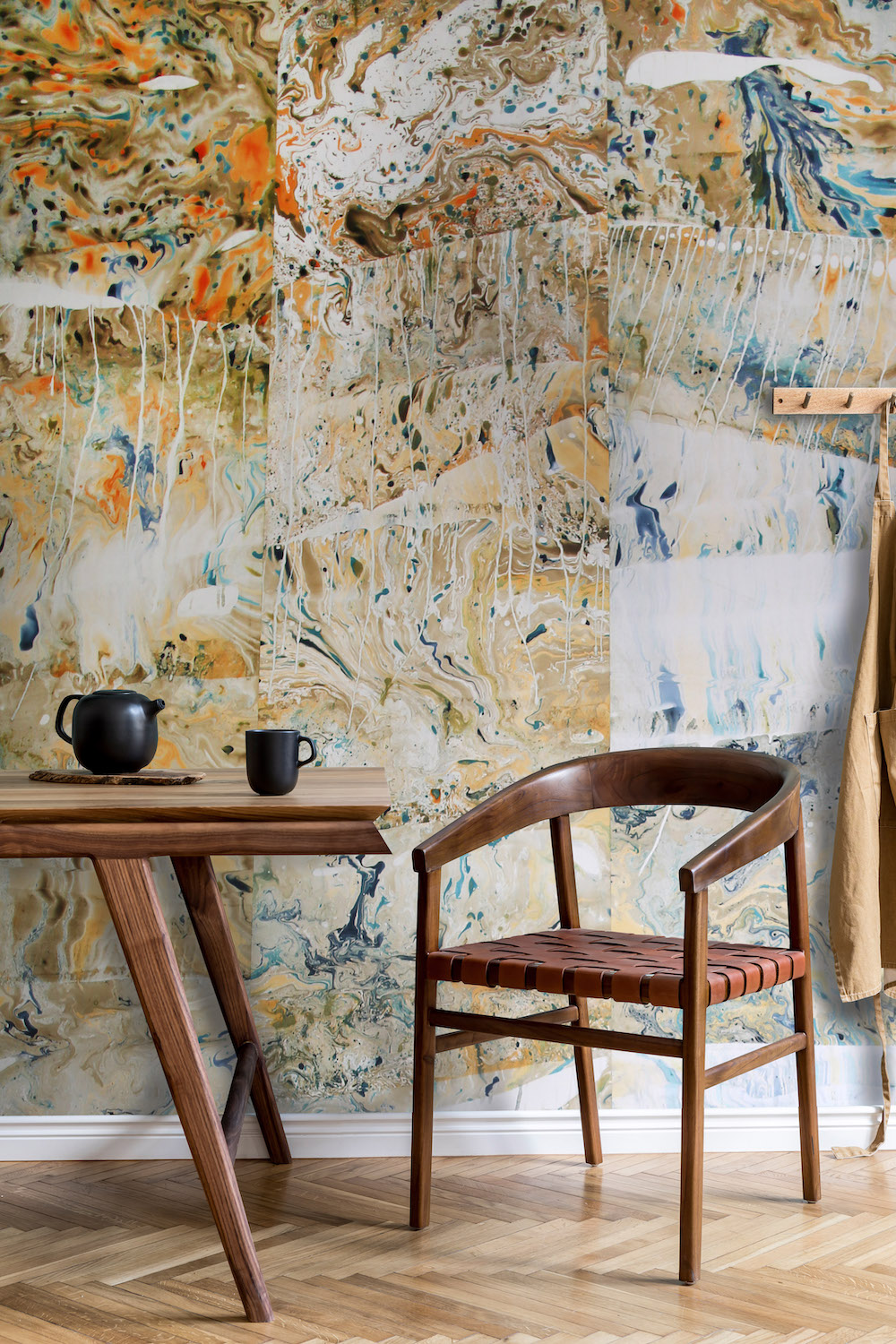
Biophilia
As for the continuing commitment to sustainability in the design community, one trend that looks set to gather momentum is biophilia. This belief – first used by German-born, US-based psychoanalyst Erich Fromm in the 1970s and championed in the 1980s by Edward O Wilson, a Harvard University biologist – posits that humans are naturally drawn to nature. It’s increasingly applied to interior design and typified by the use of natural forms and materials, abundant daylight and views from buildings on to nature. Proof that this philosophy is gaining wider currency came with Planted, an event held during the London Design Festival last year, which showcased biophilic design and presented a programme of environmentalist talks. The inaugural show, co-founded by Deborah Spencer and Sam Peters – set to be an annual event – helped to put biophilia on the map. As the New Year unfolds, and as sustainability continues to drive innovation in design, we can expect this theme to be explored more extensively…
Effect Magazine is brought to you by Effetto



